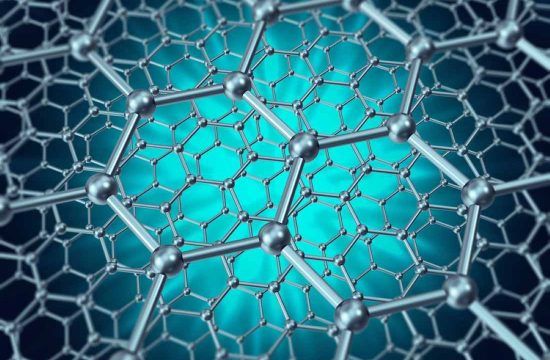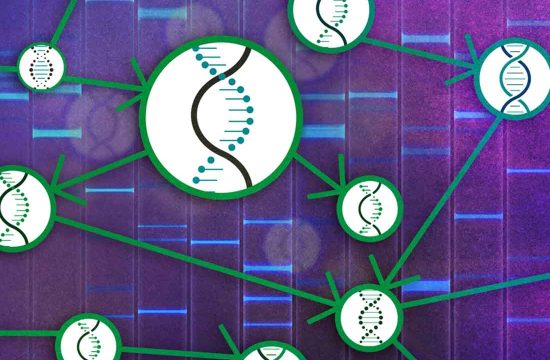
An artificial intelligence neural network module creates digital maps by using deep learning-based technology, according to new research.
Prof. Jae Youn Hwang with his team, from the Department of Information and Communication Engineering, Daegu Gyeongbuk Institute of Science and Technology (DGIST), developed such module that can accurately extract buildings from aerial photographs for remote sensing.
This research is closely related to various follow-up studies, such as developing core artificial intelligence technology, with Dabeeo Inc., a technology company specializing in map data.
DGIST states, “with the recent advances and performance improvement in deep learning technology, a type of artificial intelligence technology, applied research is conducted actively in this field.” Among them, the technology to accurately segment objects, such as buildings, from aerial images is important for creating digital maps that are used in military, logistics, and autonomous driving.
However, existing technologies could not accurately locate objects in low-quality or low-resolution aerial images. Therefore, digital maps were created manually, which was time-consuming and costly.
Prof. Jae Youn Hwang thought it would be possible to improve the performance of building detection by focusing on the boundaries of the buildings in aerial images while detecting objects that are required for automatic creation of digital maps. Based on this concept, they began developing an artificial intelligence model, which can segment the boundaries accurately and detect the precise boundaries of buildings, Prof. Hwang says.
Further he added, “the neural network we developed in this study is a novel neural network that can extract objects from aerial and satellite images with high accuracy. If this technology is further improved in the future, it is expected to be applied to various fields, such as medical imaging, and have a positive impact on the development of artificial intelligence technology.”
In addition, research team also designed a new learning pipeline and an operator system that analyze the association between the boundary of the building and entropy.
According to DGIST this achievement is the result of the industry-academia collaboration that continued since the Artificial Intelligence Lab was co-founded by DGIST and Dabeeo in 2019. They are working on various studies and commercialization activities, such as spatial data analysis using satellite and aerial images and enhancing the automatic data extraction platform.








